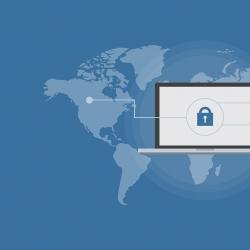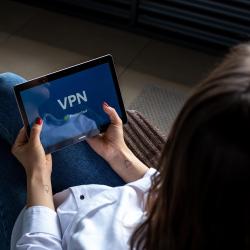What to Do If Your Account Is Hacked: A Step-by-Step Guide
Having your account hacked can feel like a personal invasion. Whether it's your email, social media, or banking accounts, unauthorized access can lead to significant stress and potential financial loss. If you suspect that your account has been compromised, quick action is crucial. Here's a step-by-step guide on what to do if your account is hacked.
1. Confirm the Hack
Before taking action, ensure that your account is indeed hacked. Look for signs such as:
- Unusual activity, like messages you didn’t send or posts you didn’t make.
- Password changes you didn't initiate.
- Alerts from the service provider about suspicious login attempts.
- Unauthorized financial transactions.
2. Secure Your Devices
Verify that your computer, smartphone, or tablet is free from malware or viruses that could contribute to unauthorized access. Run antivirus and anti-malware software to scan and clean your devices before proceeding.
3. Change Your Password Immediately
Assuming you've determined the device is secure, the first action is to change your password. Choose a strong, unique password that is a mix of uppercase and lowercase letters, numbers, and symbols. Avoid using easily guessed information like birthdays or common words.
4. Enable Two-Factor Authentication (2FA)
If available, enable two-factor authentication on the compromised account. This adds an extra layer of security by requiring a second form of identification, typically a code sent to your mobile device or email, to access your account.
5. Review Account Activity
Check your account’s recent activity to identify unauthorized transactions or actions. If it’s an email account, look for automatic forwarding addresses or changes in settings. Notify affected parties of any unusual communications sent from your account.
6. Notify Service Provider
Inform the service provider or platform where your account is hosted about the breach. They often have protocols in place to help restore and secure your account. They may also be able to stop any unauthorized activity or access.
7. Contact Financial Institutions
If the compromised account could impact your financial accounts, contact your bank or credit card company immediately. They can monitor your accounts for fraudulent transactions and take further action to protect your assets, such as freezing your accounts if needed.
8. Update Other Accounts
To prevent further unauthorized access, ensure you update passwords and enable 2FA on other accounts where you’ve used the same or similar passwords. Prioritize sensitive accounts like online banking, PayPal, or email accounts.
9. Monitor for Identity Theft
Due to potential access to your personal information, remain vigilant for signs of identity theft. Regularly check your credit reports and financial statements for suspicious activity.
10. Educate & Prevent Future Incidents
Finally, educate yourself about online safety to prevent future incidents. Use password managers to help create and store strong, unique passwords for all accounts. Be cautious about clicking on links or downloading attachments from unknown sources. Regularly update your devices and software to safeguard against new vulnerabilities.
By staying informed and vigilant, you can minimize the damage of a hacked account and protect yourself from future threats. Remember, rapid response is key, so act promptly to secure your digital life.






















